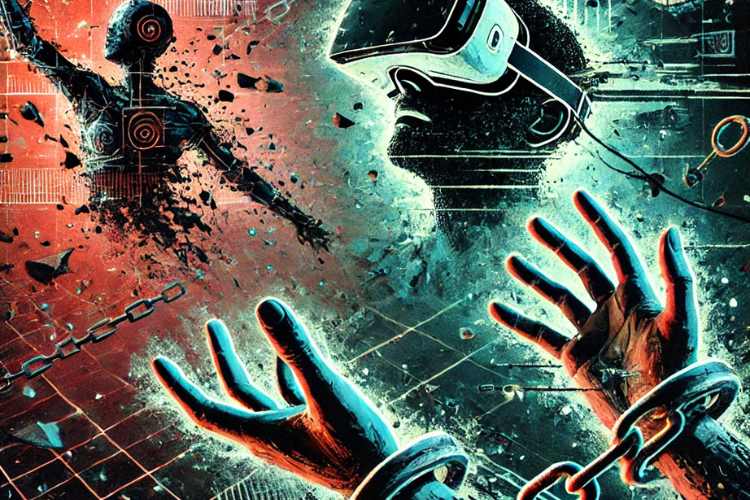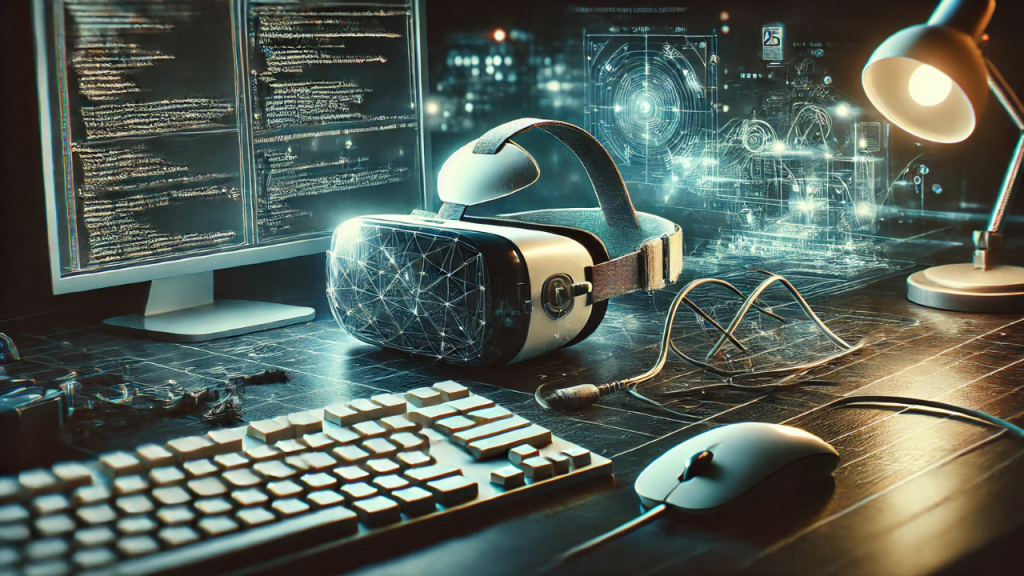Virtual Reality (VR) was once the talk of the tech world, a revolutionary idea that promised to change how we interact with technology. Yet, despite the initial excitement, VR hasn’t progressed as many had hoped. In this article, I’ll explore why VR might never truly take off and what challenges are holding it back. Drawing on my 25 years of experience in software development, including my time at CleanRouter, I’ll also share insights on what might be needed for VR to succeed.
Lack of Progress in VR Technology
When VR first hit the mainstream, there was a buzz around its potential. People imagined living in fully immersive virtual worlds. But fast forward to today, and the reality hasn’t quite matched the hype. The biggest issue? VR hardware remains bulky and expensive.
For the average consumer, investing in a high-end VR headset is still a major financial decision. The technology is far from affordable. Most headsets cost several hundred dollars, and that doesn’t include the powerful computer needed to run them. This makes VR inaccessible to a wide audience. Additionally, wearing these headsets for extended periods is uncomfortable. Bulky devices detract from the immersive experience, especially when users have to constantly adjust them.
As someone who helped develop user-friendly tech at CleanRouter, I saw firsthand how important affordability and simplicity are for widespread adoption. If tech isn’t easy to use or reasonably priced, consumers won’t adopt it. VR still struggles with both of these factors.
Declining Consumer Interest
Initially, early adopters were thrilled by VR’s possibilities. They envisioned gaming, entertainment, and even professional applications that could revolutionize industries. However, over time, that enthusiasm has fizzled out. Why? It boils down to two main reasons: lack of practical applications and a shortage of engaging content.
VR hasn’t found a “killer app”—that one groundbreaking feature that convinces people they need it. Most of the available VR content is limited to niche gaming experiences or basic simulations. There’s little in the way of must-have applications for the general public. The novelty of VR wore off, and with no clear value proposition, many consumers were left wondering if VR was worth the investment.
From my experience with CleanRouter, I learned that consumer interest can quickly fade if you don’t offer real value. Continuous innovation is key to keeping customers engaged. VR developers need to focus on creating more practical, everyday applications. Without a clear reason for users to invest, VR will continue to lose ground in the consumer tech market.
Challenges in VR Content Creation
Another significant roadblock for VR’s growth is the lack of high-quality content. Creating immersive VR experiences is not easy. It requires extensive resources, skilled developers, and large budgets. As a result, there’s a shortage of compelling VR content that can attract and retain users.
The current VR ecosystem lacks diversity in both applications and creators. Most of the content is aimed at gaming, which narrows its appeal. For VR to thrive, it needs more variety—everything from educational tools to virtual workspaces. However, because creating VR experiences is so complex, many developers are reluctant to invest time and money in it. This limits the overall content available.
In my 25 years of software development, I’ve seen firsthand how vital content is to the success of any platform. No matter how impressive the technology, if there isn’t enough engaging content to back it up, users will eventually move on. VR’s success hinges on developers overcoming the challenges of content creation. Without compelling apps and experiences, it’s hard to see VR becoming a mainstream technology.
Technological and Physical Limitations of VR
In addition to the content challenges, VR devices themselves have several limitations that hinder widespread adoption. Motion sickness is a common issue for users, as the brain struggles to reconcile virtual movement with physical stillness. This can be a dealbreaker for many. Battery life is another major hurdle—most VR headsets need frequent recharging, which breaks the immersive experience.

Another problem is the limited field of view that current VR headsets offer. It’s hard to feel truly immersed in a virtual environment when your peripheral vision is restricted. Moreover, VR still requires powerful hardware to run properly. The costs of upgrading a computer or buying additional components to support VR make it an expensive hobby.
From my CleanRouter experience, I know that user comfort and ease of use are crucial to the success of any tech product. If a device isn’t comfortable or if it requires complicated setups, most consumers will avoid it. For VR to gain traction, these physical and technological limitations need to be addressed. More user-friendly hardware is essential to moving the technology forward.
The Future of VR: Potential Breakthroughs
While the current state of VR isn’t promising, it’s not completely dead. There are potential breakthroughs on the horizon that could reignite interest in the technology. Advances in AI, 5G, and lightweight hardware might solve some of VR’s biggest challenges.
Lighter headsets with longer battery life and wider fields of view could make the technology more comfortable and accessible. Additionally, integrating VR with AI could lead to more personalized and engaging experiences. For example, AI could help create more dynamic virtual environments that respond to a user’s actions in real-time.
Another promising development is 5G technology. With faster internet speeds, VR experiences could become smoother and more interactive, reducing the lag that currently plagues the technology. In my 25 years in tech, I’ve seen how perseverance and innovation can sometimes turn around a failing technology. While VR faces significant hurdles now, the right technological breakthroughs could breathe new life into it.
Conclusion
In conclusion, while VR faces significant challenges, it’s too early to declare the technology completely dead. Its progress has been slow, and there are clear barriers to widespread adoption, from expensive hardware to a lack of engaging content. However, with continuous innovation and a focus on addressing its current limitations, VR still has the potential to become a significant technology in the future.
As someone who has spent 25 years in software development, I’ve seen technologies evolve in unexpected ways. The future of VR is uncertain, but with the right advancements, it could still carve out a place in the tech landscape. What do you think? Do you agree or disagree with my thoughts on VR’s future? I’d love to hear your opinion, so leave a comment below and be sure to subscribe for more insights from StartupHakk!




